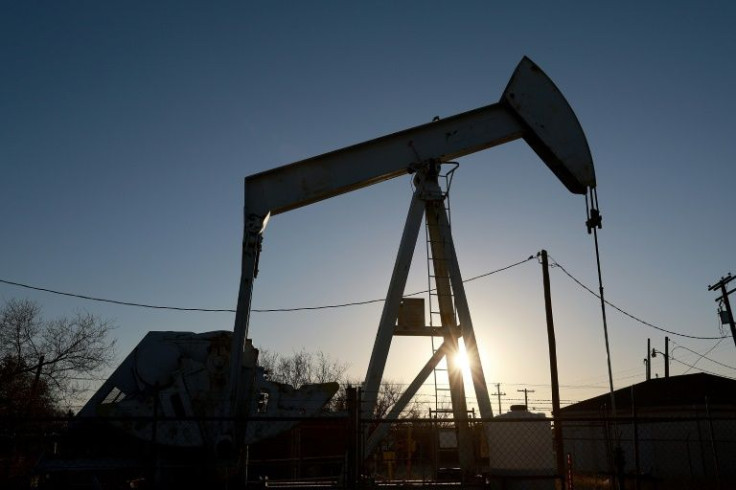Oil Prices Get Another Boost From Saudi-Yemen Conflict, How Long Will The Rally Last?

An attack by Yemen's Houthi rebels on Saudi Arabia's oil facilities on Friday gave another boost to oil prices as markets tried to digest a new round of sanctions against Russian oil.
The oil market has staged a strong rally in recent months taking WTI crude oil well above the $120 per barrel. Oil prices have been driven higher by strong demand following the end of the pandemic recession and the recovery and tight supply due to production bottlenecks.
Then there's the Russian-Ukraine war, the U.S.-EU sanctions against Russian oil, and the growing market expectations of supply interruptions due to the war's lingering.
How long will the rally last? Oil industry analyst Theophanis Matsopoulos doesn't see the oil market bull running for too long.
"Most of the runup in oil prices is a matter of expectations," he said. "Expectations about oil supply disruptions, and expectations that the world will stop buying oil from Russia. Neither of the two will materialize."
But he doesn't see these expectations materializing.
"Sanctions aren't the same thing as embargos," Matsopoulos said. “The EU won't go along with America on cutting Russian oil imports. They cannot afford it."
And without expectations materializing, oil prices will have to head south again.
"The oil market is clearly a volatile one with a 5% daily move (or more) not that unusual," said Jay R. Young, Founder & President of King Operating Corporation and author of The Upside of Oil and Gas Investing.
"Short-term is somewhat dependent on trading; long-term, we have been calling for oil at $120/bbl or higher for quite some time...and that was before Russia invaded Ukraine and sanctions against buying Russian oil were put in place."
The reason?
"Global demand is going up as we come out of the pandemic and approach the busy summer travel season," Young said. "Meanwhile, supply is not keeping pace due to a number of reasons including the Biden Administration's restriction on drilling on federal land in the U.S."
Young sees the bull oil market continuing over the long term. "All signals point to significantly more expensive oil and gas globally," he said.
Thomas Westwater, an analyst at DailyFX, sees both tailwinds and headwinds to the oil market rally. The tailwinds could come from an end to China's COVID-19 lockdowns, which would boost demand growth prospects from the world's second-largest economy. The headwinds could come from an increase in the U.S. domestic supply.
According to Baker Hughes data, U.S. oil rigs rose to 670 from 519 for the week ending March 25.
"That is the highest level since April 2020, although oil production per rig is down," Westwater said. "The decreased production is an unfortunate side effect of shutting down and restarting rigs – it decreases the efficacy. Still, the numbers are encouraging, but it will take time for production to increase to a point where prices would fall much further."
Rebecca Greenan of CruxOCM doesn't think things are that simple.
"The structure of the global oil market is going to change because of Russia as well as the conversation around fossil fuels and the need for an energy transition strategy that allows for alternatives to be developed before we sacrifice the industry," she said.
"How high the oil price will go will depend on energy policy and how it addresses legacy energy sources. With U.S. midterms later this year, pressure will be put on Biden, and the Democrats as the relationship between presidential popularity and the price of gas are well established in political literature."





















